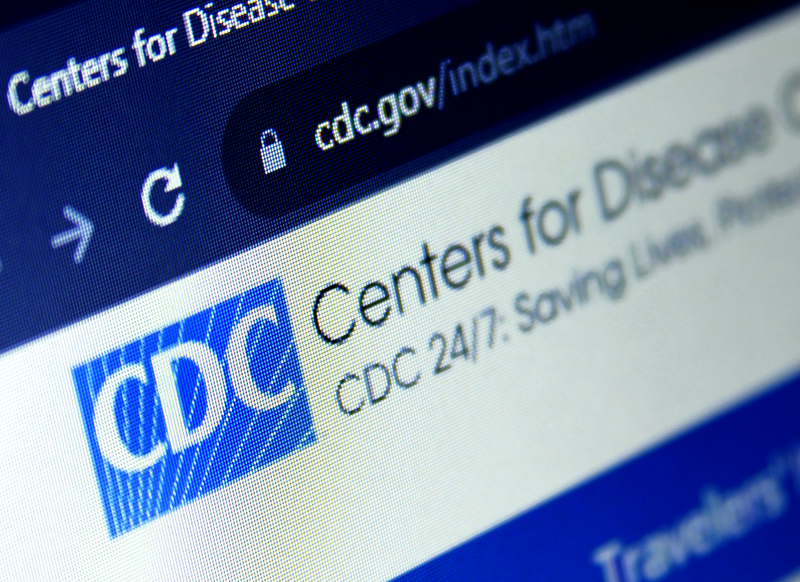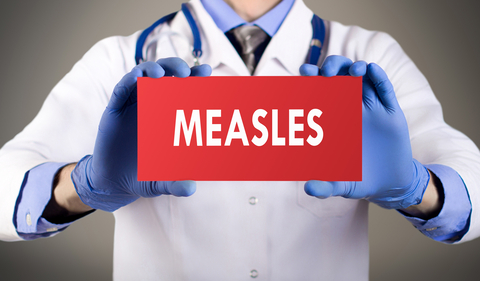Women’s Health
The Effect of High-Intensity Interval Training on Quality of Life and Incidence of Chemotherapy Side Effects in Women With Breast Cancer
Women with breast cancer (BC) experience multiple symptoms related to neoadjuvant chemotherapy (NAC) treatment that impair their functioning and qu...
Factors associated with breast cancer detection method in California women: an analysis of California Health Interview Survey data
Purpose:
Breast cancer mortality has significantly declined in the U.S. due in part to effective clinical screening methods. However...
Risk Assessment of Diabetes Mellitus During and After Pregnancy in Women With Prolactinomas | The Journal of Clinical Endocrinology & Metabolism
Get help with access
Institutional access
Access to content on Oxford Academic is often provided through institutional subscripti...
'Overwhelmed and frustrated,' Louisville woman sues to overturn Kentucky's abortion ban
LOUISVILLE A pregnant woman who wants an abortion is suing in Jefferson Circuit Court to challenge Kentucky laws banning the procedure, the Ameri...
Women’s Health Benefits Reduce Absenteeism
Health and productivity research nonprofit Integrated Benefits Institute’s (IBI) latest analysis dives into how the utilization of women’s health b...
Women stockpile abortion pills before Trump term
Source: Washington Post
Women stockpile abortion pills before Trump term
Reproductive-health organizations and companies said demand for morning ...
Trending Topics
Features
- Drive Toolkit
Download and distribute powerful vaccination QI resources for your community.
- Health Champions
Sign up now to support health equity and sustainable health outcomes in your community.
- Cancer Early Detection
MCED tests use a simple blood draw to screen for many kinds of cancer at once.
- PR
FYHN is a bridge connecting health information providers to BIPOC communities in a trusted environment.
- Medicare
Discover an honest look at our Medicare system.
- Alliance for Representative Clinical Trials
ARC was launched to create a network of community clinicians to diversify and bring clinical trials to communities of color and other communities that have been underrepresented.
- Reducing Patient Risk
The single most important purpose of our healthcare system is to reduce patient risk for an acute event.





















